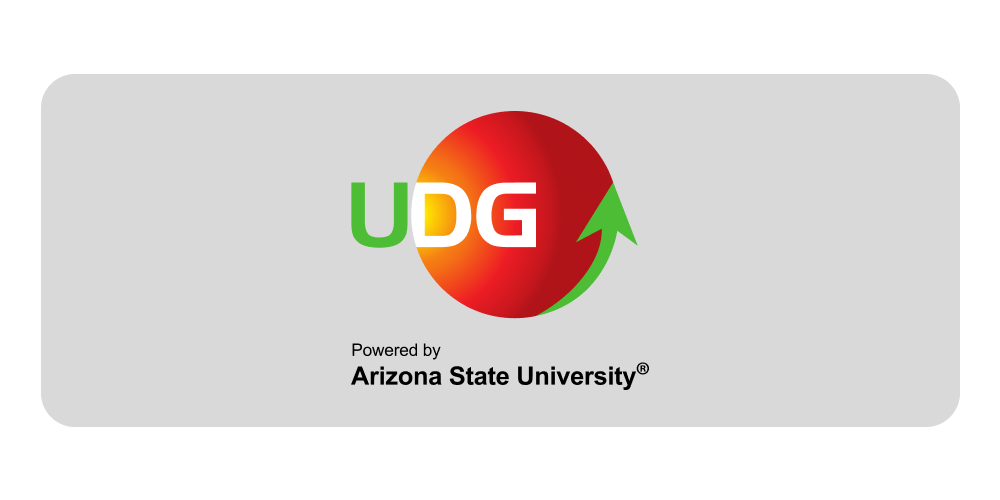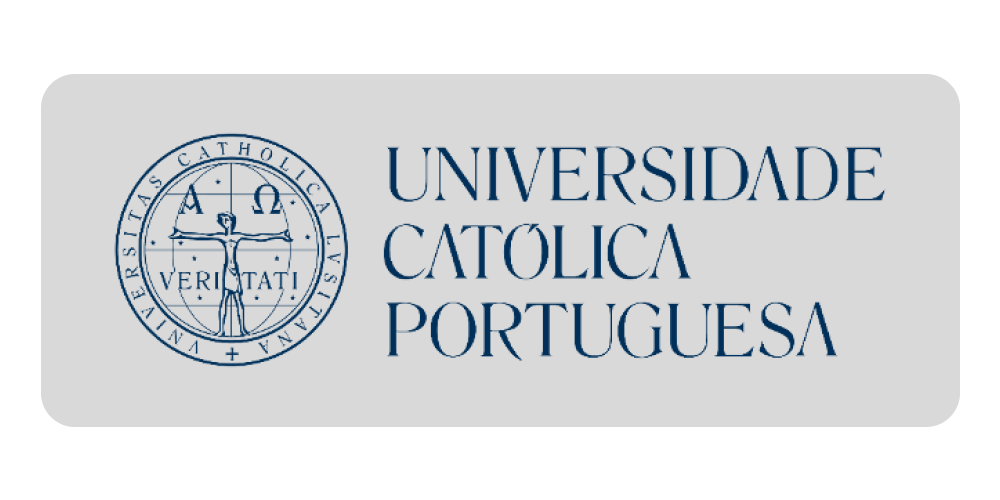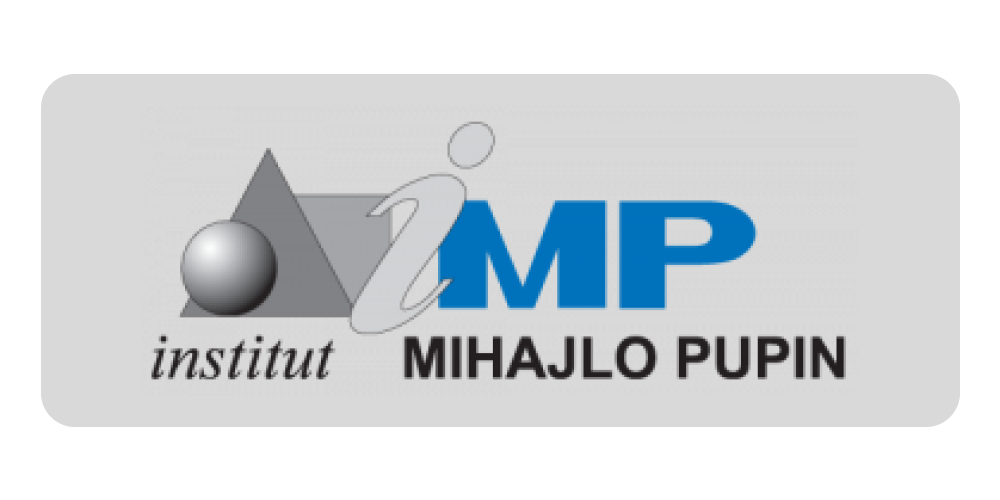University of Zagreb. Department of Croatian Studies.
CROATIAN FORCES’ LIBERATION OPERATIONS IN WESTERN SLAVONIA IN AUTUMN AND WINTER OF 1991 AND 1992
2014
U radu su na temelju izvornog arhivskog gradiva i drugih relevantnih izvora analizirane oslobodilačke operacije hrvatskih snaga u zapadnoj Slavoniji u jesen i zimu 1991./1992. godine; Orkan-91, Otkos-10 i Papuk-91, odnosno njihova priprema, tijek i rezultati. Operacija Orkan-91 započela je 29. listopada 1991. godine i trajala je do 3. siječnja 1992. godine, odnosno do stupanja Sarajevskog primirja na snagu. Operacijom je oslobođeno 16 naselja na području novljanske, pakračke i novogradiške općine. Uz to, hrvatske snage su provedbom operacije Orkan-91 indirektno pomagale hrvatskim snagama u provedbi operacija Otkos-10 i Papuk-91, koje su se usporedno odvijale na sjevernom dijelu zapadnoslavonskog bojišta, vezujući značajan dio srpskih snaga za sebe. Ciljevi operacije nisu do kraja ostvareni zbog zamora postrojbi Hrvatske vojske, nedostatka materijalno tehničkih sredstava, te jakog otpora srpskih snaga. Operacija Otkos-10 pokrenuta je 31. listopada 1991. godine i trajala je do 12. studenoga 1991. godine. Hrvatska vojska i policija oslobodile su u potpunosti općinu Grubišno Polje, te dio općine Daruvar. Nakon konsolidacije hrvatskih postrojbi na tom području, 28. studenoga 1991. godine pokrenuta je operacija Papuk-91, koja je trajala do 3. siječnja 1992. godine. Operacijom su u potpunosti oslobođene općine Daruvar, Virovitica, Podravska Slatina, Orahovica i Slavonska Požega, te dijelovi općine Pakrac. Operacija nije provedena u potpunosti zbog zamora ljudstva i nedostatka materijalno tehničkih sredstava kod hrvatskih postrojbi, te jakog otpora srpskih snaga, koje su u drugoj polovici prosinca 1991. godine ojačane svježim postrojbama Jugoslavenske narodne armije. Na temelju provedenog istraživanja može se zaključiti da su hrvatske snage postigle značajne uspjehe u zapadnoj Slavoniji oslobađanjem velikog dijela okupiranog područja, no Hrvatska vojska je tada bila još u formiranju, s nedostatnim zapovjednim kadrom i materijalno tehničkim sredstvima, tako da cilj nije ostvaren do kraja. No, i postignuto je doprinijelo da se Republika Hrvatska obrani 1991. godine, što je omogućilo njeno međunarodno priznanje u siječnju 1992. godine.On the basis of authentic archival materials and other relevant sources, this paper contains the analysis of the preparation, course and results of the Croatian forces' liberation operations Hurricane-91, Swath-10 and Papuk-91, which were undertaken in western Slavonia in the autumn and winter of 1991 and 1992. The introductory part of the paper briefly describes the process of the disintegration of the Socialist Federal Republic of Yugoslavia, emphasizing the events that occurred in western Slavonia from 1989 until the beginning of open Greater-Serbian aggression against Croatia in the summer of 1991. Furthermore, the introductory part also covers the events that happened on the western-Slavonian battleground between August and October of 1991, when the Croatian forces managed to stop the attack of the Yugoslav People's Army, which was assisted by westernSlavonian rebelled Serbs and Serbian paramilitary forces. By doing so, the Croatian forces prevented the bipartition of Croatia in that area. The central part of the paper deals with the planning, conduction and results of the abovementioned liberation operations in western Slavonia in 1991 and 1992. The operation Hurricane-91 began on 29th October 1991 and lasted until 3rd January 1992, when the Sarajevo Ceasefire came into force. During the operation, the Croatian Army troops liberated 16 settlements within the municipalities of Novska, Pakrac and Nova Gradiška, while the Serbian forces were forced to switch from offensive to defensive actions. In addition to that, by conducting the operation Hurricane-91, which made a significant part of the Serbian forces unavailable in other areas, the Croatian forces indirectly helped the execution of operations Swath-10 and Papuk-91 in the northern part of the western-Slavonian battleground. Due to fatigue and exhaustion of the Croatian Army troops, the lack of artillery ammunition and other materiel, as well as a strong resistance of the Serbian troops, the aims of the operation were not entirely fulfilled. The operation Swath-10 was initiated on 31st October 1991 and, with a temporary cessation, it lasted until 12th November 1991. The Croatian Army and Police completely liberated the municipality Grubišno Polje, and partly liberated the municipality of Daruvar. After the consolidation of the Croatian troops in that area on 28th November 1991, the operation Papuk-91, which lasted until 3rd January 1992, was initiated. In the course of that operation, the municipalities of Daruvar, Virovitica, Podravska Slatina, Orahovica and Slavonska Požega were VI completely liberated, while the municipality of Pakrac was only partly liberated. The operation was not fully conducted because of the Croatian troops' fatigue and lack of materiel, as well as a strong resistance of the Serbian forces, which were reinforced by fresh troops of the Yugoslav People's Army in the second half of December of 1991. Even though the given aim of the Croatian military leadership (the liberation of the entire territory of western Slavonia and suppression of Serbian forces to the south of the River Sava) was not fulfilled, due to various reasons, the liberation operations of the Croatian forces in western Slavonia in the autumn and winter of 1991 and 1992 can be considered as successful. In the course of those operations, a large area in western Slavonia was liberated (next to the operation Storm, Papuk-91 was territorially the largest operation of the Croatian forces in the Homeland War), which helped normalize life in that area. The Serbian forces were pushed away from the Podravina Highway, which was the only means of communication with eastern Slavonia at the time, so the possibility of Croatia being divided in that area no longer existed. Moreover, the liberation operations in western Slavonia in 1991 and 1992 were mainly conducted by the Croatian forces' reserve units, whose struggle with various problems, such as the lack of materiel and incomplete organization at the time, certainly adds value to what was accomplished by the operations. In comparison with other battlegrounds in the Republic of Croatia in 1991, Croatian troops managed to liberate a larger occupied territory only in the western-Slavonian battleground, which certainly played a part in preventing the Yugoslav People's Army and rebelled Serbs from overthrowing the democratically elected Croatian Government in 1991. Furthermore, due to this, the Croatian political leadership managed to ensure international recognition of the independent Republic of Croatia in January 1992
University of Zagreb. Department of Croatian Studies.
CROATIAN FORCES’ LIBERATION OPERATIONS IN WESTERN SLAVONIA IN AUTUMN AND WINTER OF 1991 AND 1992
U radu su na temelju izvornog arhivskog gradiva i drugih relevantnih izvora analizirane oslobodilačke operacije hrvatskih snaga u zapadnoj Slavoniji u jesen i zimu 1991./1992. godine; Orkan-91, Otkos-10 i Papuk-91, odnosno njihova priprema, tijek i rezultati. Operacija Orkan-91 započela je 29. listopada 1991. godine i trajala je do 3. siječnja 1992. godine, odnosno do stupanja Sarajevskog primirja na snagu. Operacijom je oslobođeno 16 naselja na području novljanske, pakračke i novogradiške općine....
Preuzmite dokument
2014
 Martinić Jerčić, Natko
Martinić Jerčić, Natko






